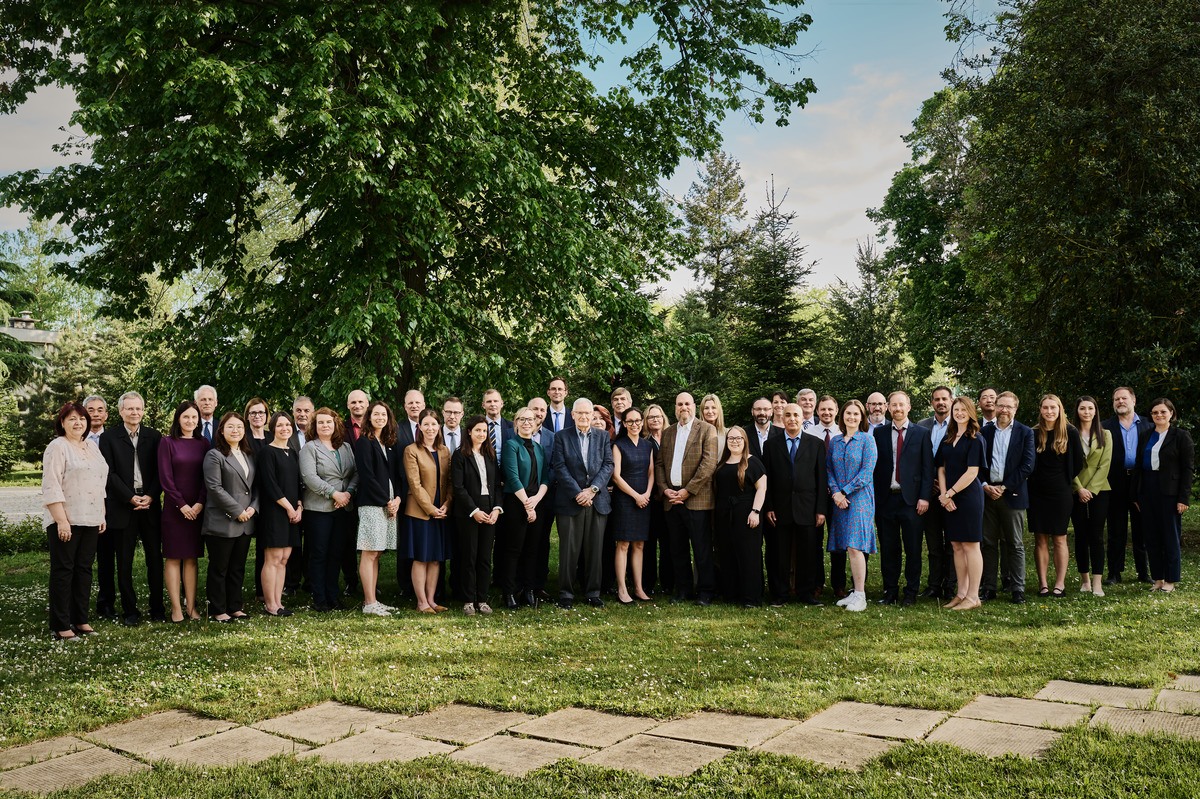NPT PrepCom 2018 Side Event on The International Partnership for Nuclear Disarmament Verification
Remarks by Jens Wirstam
Deputy Research Director, Swedish Defence Research Agency and Co-Chair of IPNDV Working Group 6
The IPNDV is a technical and practical cooperation between Nuclear and Non-nuclear Weapon States, aiming to create a set of tools for designing and verifying future nuclear disarmament treaties. Today, I will highlight a few of the main results from the first phase of this work of IPNDV, a phase that ended in December last year.
At the very start, the Partnership created an analytic framework of nuclear weapon dismantlement-related activities that led to a 14-step process from deployment to the disposition of the nuclear weapon components. It does not assume that the process necessarily has to start at Step 1; it could start at any point in the process. And in reality, dismantlement will in all likelihood start at different steps, depending on the operational status of each individual nuclear warhead slated for dismantlement. This circumstance in itself will shape your verification strategy, since warheads that are initiated at different stages in this 14-step process are available for a different number, and different types, of verification measures. This affects the context of each separate verification activity.
This 14-step process for dismantlement does not represent all possible steps, or processes, in a Nuclear Weapon Lifecycle. Thus, it does not pretend to represent all activities in nuclear disarmament verification in general; the dismantlement process is a subset. Even so, during the very earliest stage of Phase I, we in the Partnership recognized that we had to focus on a subset of the dismantlement process. We therefore decided to focus on the actual dismantlement of a nuclear weapon, corresponding to steps 6-10, something we labelled “The Basic Dismantlement Scenario.” By this we mean that we do not assume that there has been previous verification activities upstream (before step 6), and secondly that dismantlement is the separation of fissile material and high explosives from an intact nuclear warhead containing these two materials together. You can imagine other definitions for what constitutes dismantlement; this definition was chosen based on the fact that fissile material and high explosives together is what you have in order to initiate a nuclear detonation. And the reason for focussing on these particular steps, number 6-10, is that the dismantlement is obviously at the core of going from a nuclear weapon to something that is not a nuclear weapon, so it is a very important process. At the same time, it is also a very complex and technically challenging process. Why? Well, because the inspectors need confidence that a nuclear weapon in fact was dismantled, while there is a simultaneous stringent need to protect proliferation-sensitive information and also meet safety and security requirements.
When the warhead arrives for dismantlement, the inspectors will first check against the declarations that are necessary to initiate monitoring or inspection activities (e.g. serial numbers, log records, etc.). Then inspectors could make technical measurements against some agreed characteristics, like presence of both weapons-usable nuclear material and relevant high explosives, to gain confidence that the object is a treaty accountable item. Finally, the inspectors put the item under chain of custody in order to be able to keep track of the object and any actions potentially affecting it (e.g. monitor the storage room). During the actual dismantlement, inspectors will unlikely be present for proliferation reasons but the facility or location used will be put under chain of custody to monitor everything that goes in or out. When the components, the fissile material and high explosives, have been separated, they will be transferred to temporary storage under chain of custody awaiting further steps towards disposition. During this step, technical measurements of the components take place, and here it will be necessary to, for example, measure both presence of weapons-usable material in the “nuclear material box” as well as absence of such material in the “high explosives box”, in order to be confident that all the fissile material is accounted for correctly. Note that these measurements could also make the initial measurements unnecessary, depending on factors such as the time interval related to the dismantlement process.
Thus, with the techniques and inspections just described, the following objectives in the Basic Dismantlement Scenario can be met. 1) Confirm that the warhead meets the agreed characteristics, i.e. that the object is a treaty accountable item. 2) Ensure chain of custody of the nuclear warhead. 3) Confirm the dismantlement of the warhead. And (4), ensure chain of custody of the different materials after dismantlement.
If you look at a more detailed level, each step can be subdivided into a number of different monitoring or inspection activities, and technologies or procedures options. So, for example, for the actual dismantlement step, you can look at both the entry and exit aspects, and list your options at each. For example, in addition to measuring your material boxes after dismantlement, you will likely also want to look for presence, or absence, of these materials in the dismantlement room – both before and after the dismantlement, to check that no nuclear material or high explosives were left there.
Unfortunately, my presentation cannot give justice to all the thinking that went into the work of the first phase of IPNDV, so I would really recommend visiting the IPNDV webpage, where you can find an interactive page (add link) and be able to dive into as much detail as you wish, or dare to – from the objectives all the way down to several pages of technical details for each specific technology option, across the whole Basic Dismantlement Scenario. It is a truly remarkable source of information.
Now, I should also point out that some residual verification uncertainties are unavoidable after one specific inspection. Therefore, verification of nuclear weapon dismantlement (such as the basic dismantlement scenario) should be seen as the result of many separate, mutually reinforcing, cumulative activities over time. Confidence levels depend not only on activities at a specific time and place, but also on how they fit in an overall context and in the consistency over time.
After this short overview of the Partnership’s work during Phase I, I think it is proper to end with the Partnership’s key judgement from Phase I: “While tough challenges remain, potentially applicable technologies, information barriers, and inspection procedures provide a path forward that should make possible multilaterally monitored nuclear warhead dismantlement while successfully managing safety, security, non-proliferation, and classification concerns in a future nuclear disarmament agreement.”
Thank you for your attention.
Accompanying Presentation: https://www.ipndv.org/wp-content/uploads/2018/04/IPNDV-Phase-I-NPT-PrepCom-2018-Sweden.pdf





